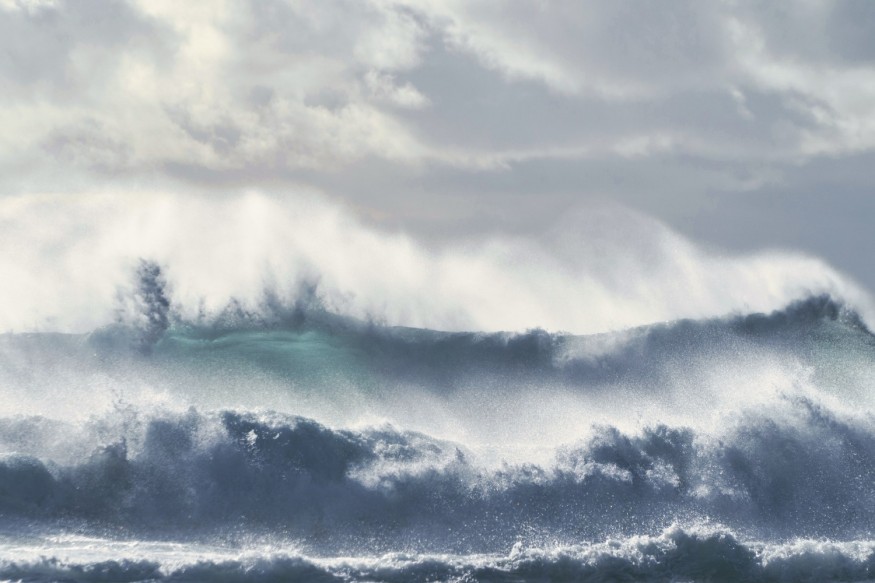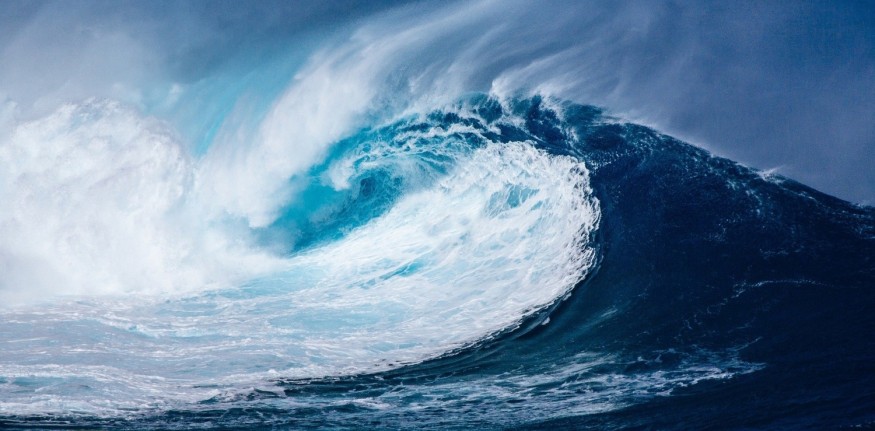On the Turkish shore near Çeşme-Bağlararası, victims of an ancient tsunami 3,600 years ago were discovered. In the aftermath of the Thera volcanic explosion, approximately 1620 BCE, the remains of a human male and a dog are said to have died.

Studying Ancient Tsunami Remnants
Beverly Goodman, a marine geoarchaeologist at the University of Haifa in Israel, and Vasf Aholu, a maritime archaeologist at the University of Ankara in Turkey, wrote to Gizmodo, "The impact of this eruption, and the tsunamis it created, were much stronger, and reached more regions than suggested before." It is unusual because it is a site with obvious cultural and commercial marine ties with the Minoan World. "Çeşme-Bağlararası is the northernmost site with tsunami deposits so far examined.
Because there were shells and urchins at the location, the skeletons experts assume that the oceans paid a visit. They have yet to ascertain whether the young man perished from drowning or asphyxia from the dust of the tsunami.
In the following months, the skeletons will be dated. The bones would be one of only two victims of the Thera eruption ever discovered, with the other located in 1886 on Theresia, the western island of Santorini.
The researchers also expect to establish the exact date of the Thera eruption using nine new radiocarbon ages derived from objects on the site. Some believe it happened about 1530 BCE, while others say it happened around 1620 BCE.
Dating
Researchers date the eruption to 1560 BCE based on tree rings found in an ancient Phrygian tomb last year, but that date has yet to be verified. Will this discovery be able to provide an answer to this long-standing concern?
How Dangerous are Tsunamis?

Tsunamis with runups above one meter (3.28 feet) are highly harmful to persons and property. Smaller tsunamis, on the other hand, can be deadly. Strong currents may hurt and drown people and damage and destroy vessels and equipment in ports.
The local bathymetry and terrain and the direction from which the tsunami arrives to determine the height and consequences of a tsunami at a given coastal area. Beaches, bays, lagoons, ports, river mouths, and places along rivers and streams that flow to the ocean are the most susceptible locations.
Coastal property and infrastructure, coastal resources, and coastal, regional, and even national economies are threatened by large tsunamis, which strike with immense intensity.
Flooding, wave impacts, erosion, strong currents, and floating debris produce most tsunami damage and disaster (e.g., trees, structures, vehicles, and other things that can act like battering rams). As it returns to the sea, the water may be just as deadly, if not more so, bringing debris and people with it.
As indicated by bruises on the bodies of many victims of the 2004 Indian Ocean tsunami, the debris in the water is highly deadly.
Other possible repercussions include damage to and destruction of houses and businesses, ports and harbors, cultural resources, utilities, and critical infrastructure and facilities, in addition to the loss of life and mass casualties. Essential utilities such as power, sewage, and water may be disrupted. Communications, land, aviation, and maritime transportation, as well as health and public safety services, may all be interrupted.
A prominent local tsunami's effects will almost certainly be in addition to those of a previous earthquake. Both may result in secondary hazards that are potentially more severe than direct damage.
Also Read : What Exactly Causes Mysterious Deep Earthquakes?
For more news about natural calamities, don't forget to follow Nature World News!
© 2025 NatureWorldNews.com All rights reserved. Do not reproduce without permission.





